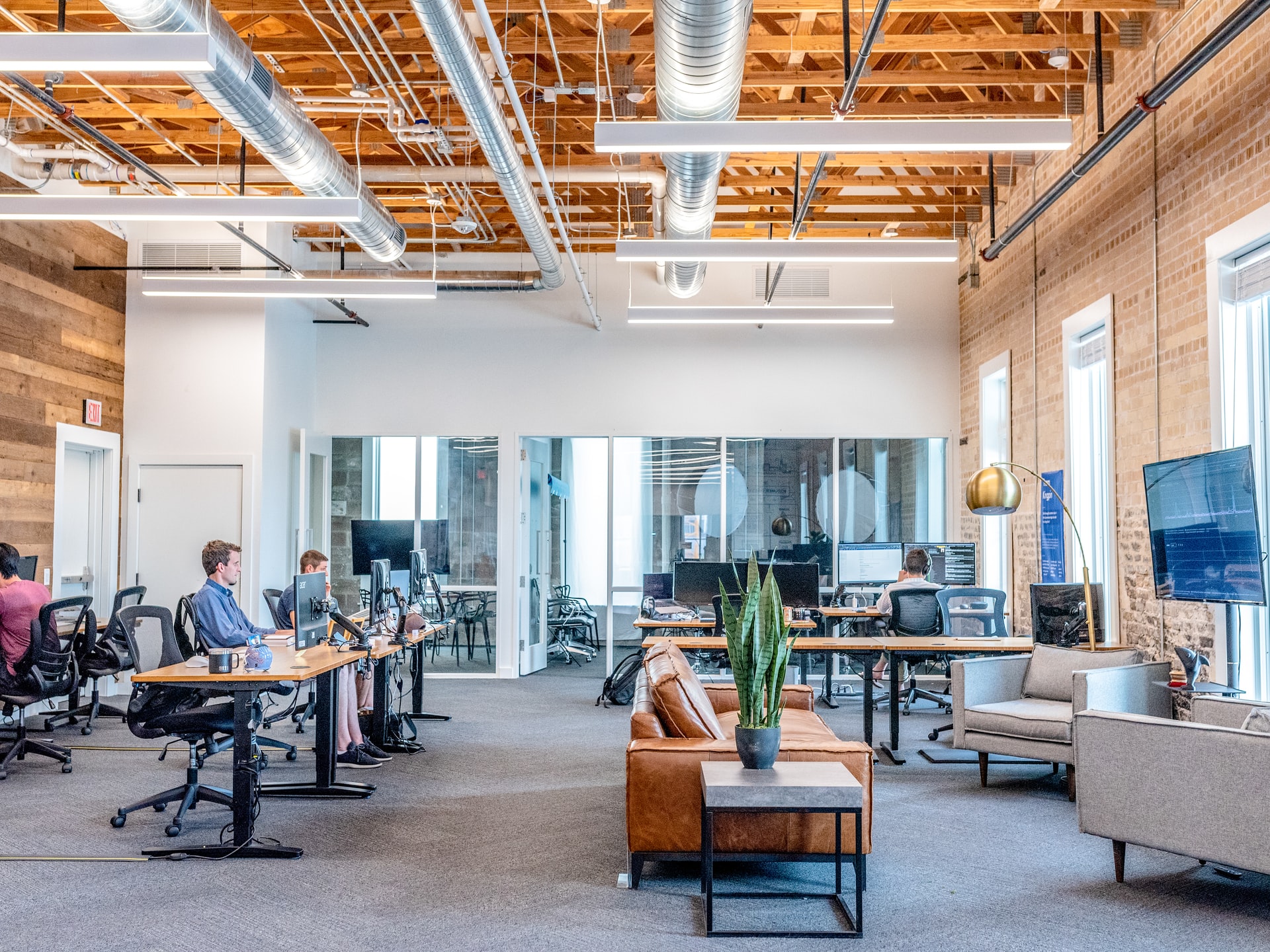When it comes to marketing mortgages, utilizing the right software can make a significant impact. With advancements in technology and access to cutting-edge tools, mortgage professionals now have an opportunity to enhance their outreach efforts. In this post, we will explore how mortgage marketing software can revolutionize outreach and help lenders stay ahead in today’s market. Read on to know more!

The Power of Data Analysis
One of the standout features offered by mortgage marketing software is its robust data analysis capabilities. By examining metrics and data points, lenders gain insights into their target audience’s preferences and behaviors. These insights enable them to tailor their marketing strategies, leading to improvements in conversion rates.
Automating Marketing Campaigns
Another advantage of using mortgage marketing software is its ability to automate marketing activities. From generation to drip campaign follow-ups and personalized communications, automation not only saves time but also ensures prompt and consistent communication with potential clients.
Streamlining Lead Management
Mortgage professionals understand the importance of managing leads throughout the customer journey. Mortgage marketing software provides a system for management that streamlines lead capture organization and tracking processes. With the availability of lead profiles, loan officers are able to engage effectively with potential borrowers.
Providing Personalized Borrower Experiences
When it comes to mortgage loans, every borrower has needs and requirements. Mortgage marketing software offers lenders the ability to create personalized experiences for borrowers by utilizing automation features such as targeted emails, customized landing pages, interactive videos, and tailored loan scenarios. This level of personalization helps establish trust with borrowers who feel understood and valued throughout their lending journey.
Simplifying Compliance and Regulations
Navigating compliance requirements is crucial for mortgage professionals in today’s landscape. Mortgage marketing software reduces compliance risks by providing approved templates that adhere to regulatory guidelines for email communication. Additionally, it ensures accurate and up-to-date disclosures are made.
Streamlining Collaboration and Team Efficiency
Mortgage marketing software enables collaboration within teams, ensuring everyone is on the same page. Through shared dashboards, calendars, and easy access to databases, loan officers can collaborate effectively to improve team efficiency and overall productivity.
A Comprehensive Approach to Customer Relationship Management (CRM)
A robust CRM system is essential for mortgage professionals in managing customer relationships. Mortgage marketing software seamlessly integrates with CRM platforms, allowing lenders to have all their generation, communication history, pipeline management, and conversion tracking in one place. This comprehensive approach simplifies processes and improves customer relationship management.
Measuring Success through Real-Time Reporting
Accurate and timely reporting is crucial for understanding the effectiveness of mortgage marketing strategies. Mortgage marketing software offers reporting tools that enable lenders to measure performance indicators like conversion rates, ROI on marketing campaigns, email click-through rates, social media engagement metrics, and more. These real-time insights empower lenders to make decisions based on available data.

Enhancing Customer Service and Support
Apart from enhancing marketing efforts, mortgage marketing software can greatly improve customer service and support. By incorporating chatbots, self-service portals, and automated response systems into their operations, lenders can provide round-the-clock assistance to borrowers, address queries promptly, and ensure a customer experience.
Staying Ahead of the Competition with Competitive Analysis
Mortgage marketing software equips lenders with insights into their industry peers so they can stay competitive. It helps them gain an understanding of their competitors’ strategies and performance, in the industry.
Conclusion
To thrive in today’s world, mortgage professionals must embrace technology to remain competitive in the changing market. Utilizing mortgage marketing software equips lenders with tools for analyzing data, automating marketing campaigns, streamlining lead management, personalizing borrower experiences, ensuring compliance adherence, promoting team collaboration and efficiency, integrating with CRM systems, and providing real-time reporting capabilities.
By leveraging these transformative features, mortgage professionals can gain an edge over their competitors in establishing trust among audiences and generating leads more efficiently. Mortgage marketing software has become a solution for lenders who are serious about establishing a strong online presence.

























